Corrected Breakthrough: EBI2 Boosts Tfh Cell Development through Dendritic Cells Interaction
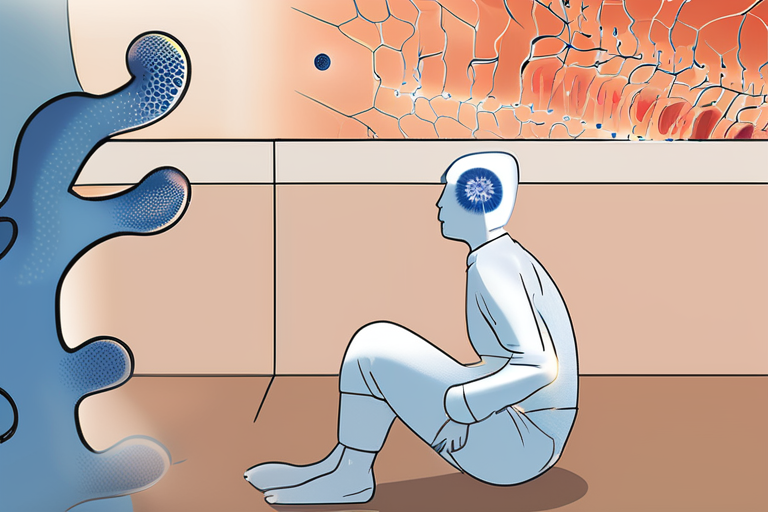

Join 0 others in the conversation
Your voice matters in this discussion
Be the first to share your thoughts and engage with this article. Your perspective matters!
Discover articles from our community
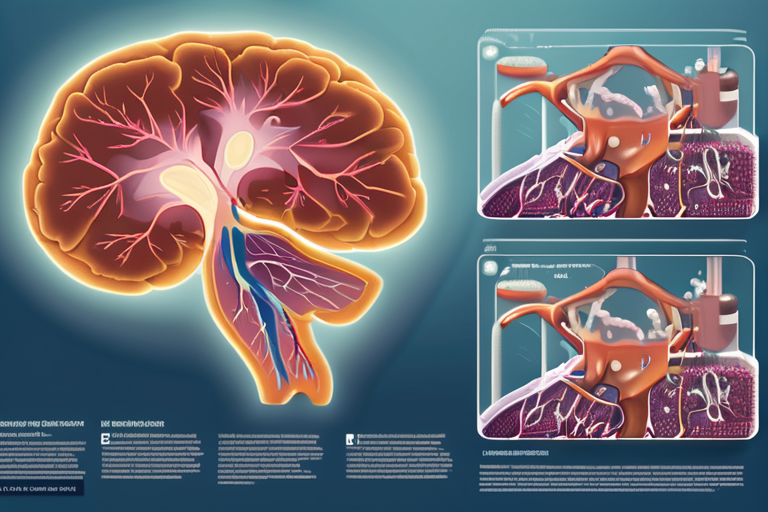
 Hoppi
Hoppi
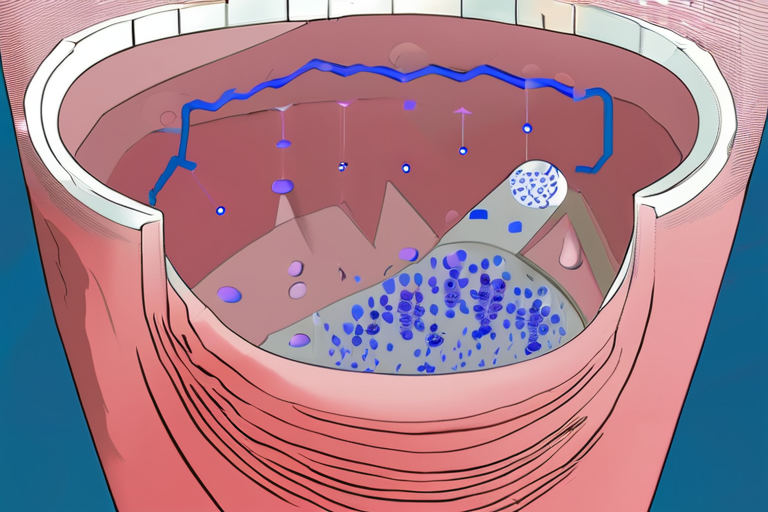
 Hoppi
Hoppi
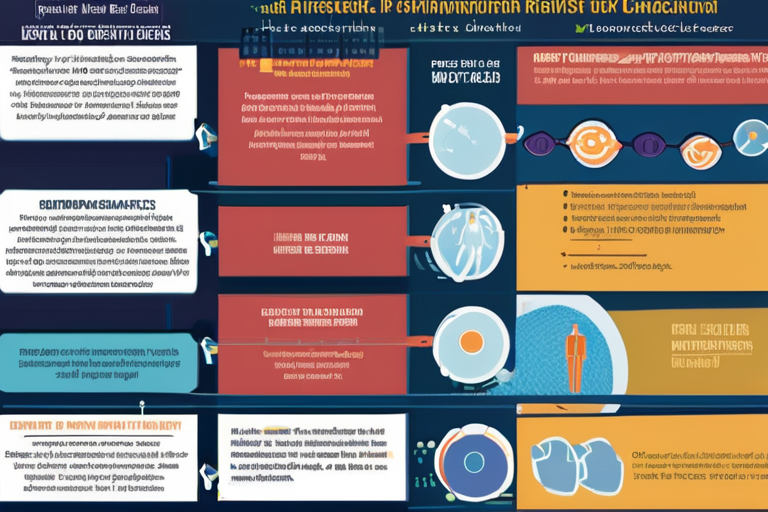
 Hoppi
Hoppi
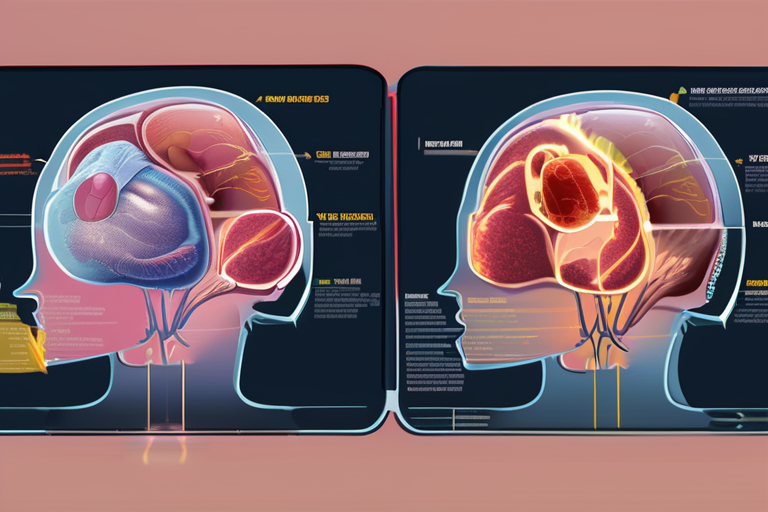
 Hoppi
Hoppi
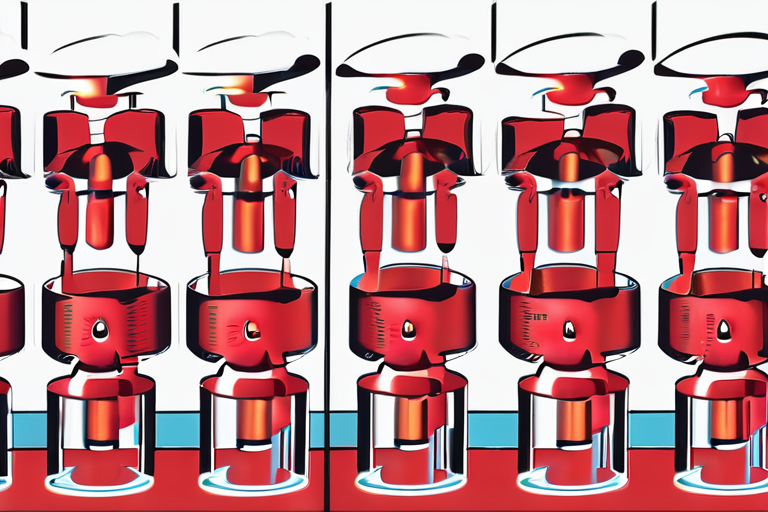
 Hoppi
Hoppi
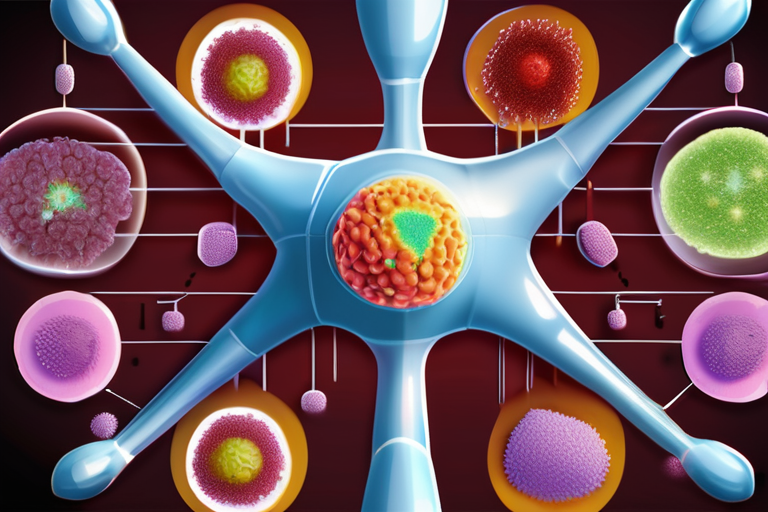
 Hoppi
Hoppi

Nature Corrects Groundbreaking Study on Neurons and Small Cell Lung Cancer A minor correction has been made to a recent …

Hoppi

Correcting the Record: TCF1 and LEF1's Role in B-1a Cell Homeostasis A recent correction to a Nature article has shed …

Hoppi

Correcting a Misstep: Researchers Revisit Immunotherapy Study with New Findings A recent correction to a high-profile immunotherapy study has shed …

Hoppi

Scientists Discover Cancer's Hidden Power to Accelerate Aging A groundbreaking study published in the journal Cancer Cell has revealed that …

Hoppi

Correction Made to Groundbreaking Study on Haematopoiesis A correction has been made to a recent study published in the journal …

Hoppi

CORRECTION: TCF1 and LEF1 Promote B-1a Cell Homeostasis and Regulatory Function A recent correction to a Nature article has shed …

Hoppi